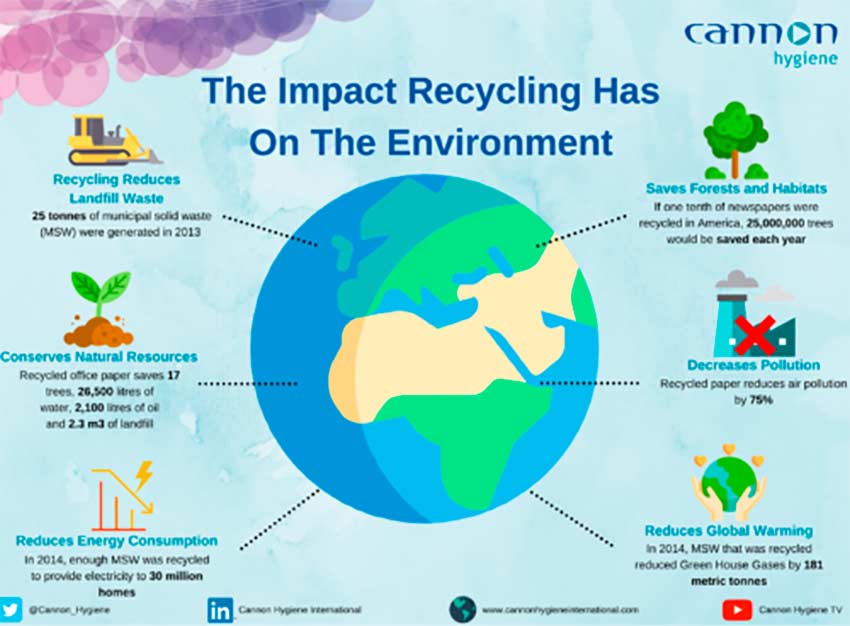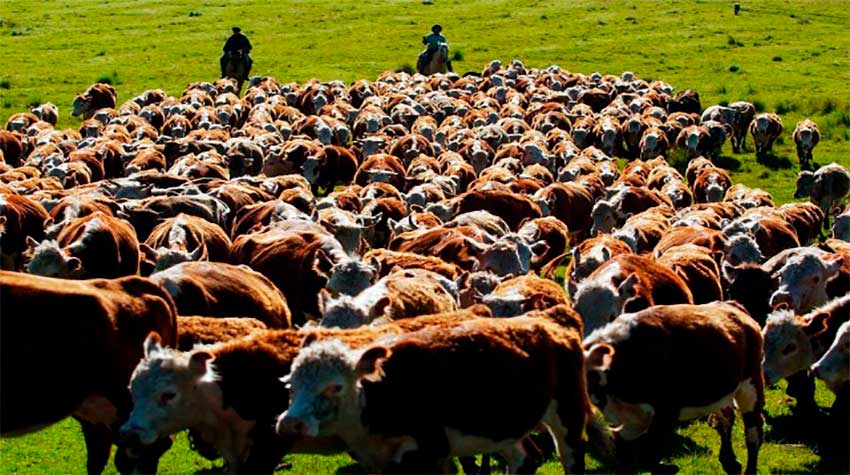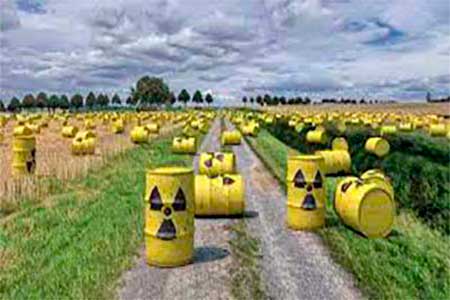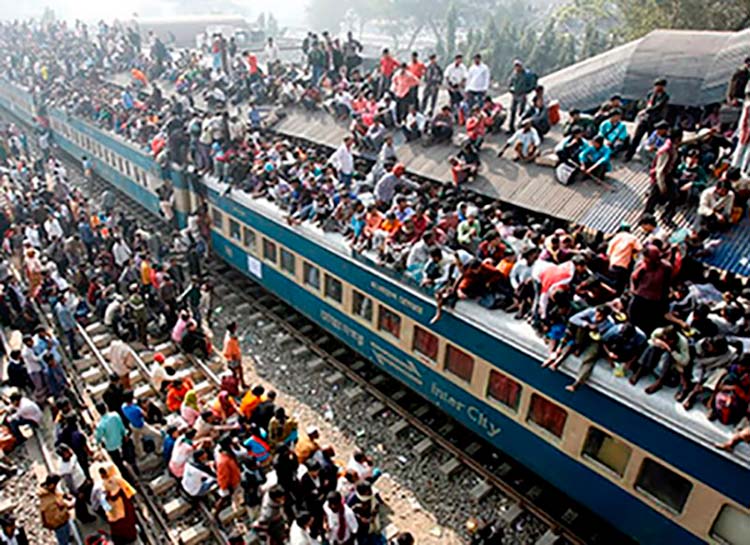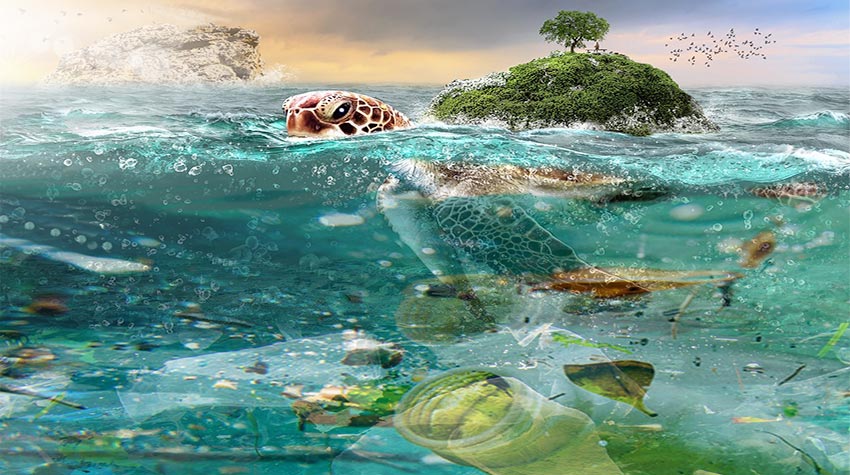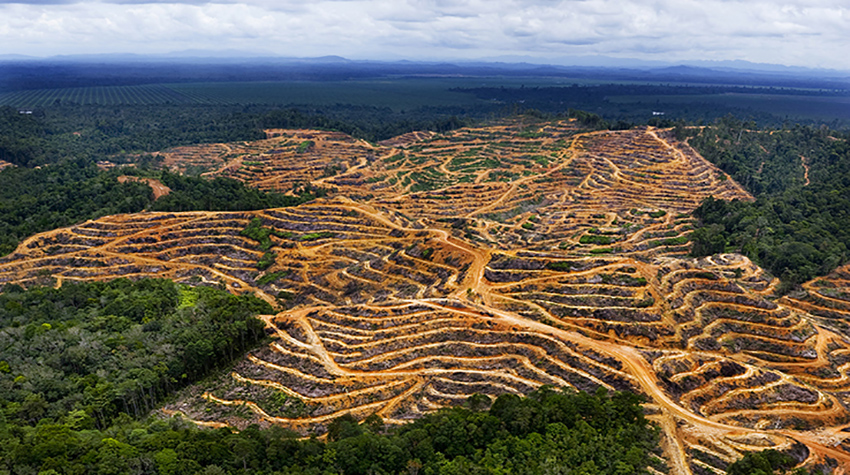FAQs about Biodiversity

6. How many species are there in the Amazon and what is the danger they face?
The Amazon rainforest has one of the richest biological diversity on the planet. It is home to more than 400 species of mammals, nearly 1,300 species of birds, more than 370 species of reptiles, and more than 400 amphibians. Among the species of the great Amazon rainforest, jaguars, sloths, river dolphins, macaws, anacondas, frogs stand out. One in ten known species in the world lives in the Amazon rainforest, as does one in five species of birds on Earth.
Much of the biodiversity of the Amazon rainforest is in danger and could even disappear in half a century. Many trees are illegally felled, putting life at serious risk in South America and throughout the planet. In the Amazon, the destruction of forests is well advanced to make way for areas destined for agriculture, livestock, the timber sector, oil and mining exploitation, construction of roads, oil pipelines, gas pipelines, hydroelectric dams and urbanization. In addition, about 30 million people live in the Amazon basin. All this represents a large-scale human intervention, never before occurred on the planet.
In the Magazine “All about the Amazon rainforest”, SGK-PLANET has documented the 12 dangers that hang over the lungs of the world through one hundred images and videos:
- Cutting down trees to supply the wood industry. 2. Sowing oil palm. 3. Soybean planting. 4. Extensive agriculture. 5. Cattle raising. 6. Oil exploitation. 7. Oil pipelines. 8. Gas pipelines. 9. Mining. 10. Roads that go through the rainforest. 11. Hydroelectric dams that flood and disrupt ecosystems. 12. Urbanization of the rainforest.
FAQs about Biodiversity
1. Why is International Day of Biological Diversity celebrated on May 22?
2. What is biodiversity, and which is the most biodiverse country in the world?
3. What are the megadiverse countries of Latin America?
4. What is the Environmental Conservation Monitoring Center?
5. What are the dangers to marine biodiversity?
6. How many species are there in the Amazon and what is the danger they face?
7. What is the importance of biodiversity?
8. How is biodiversity measured?



